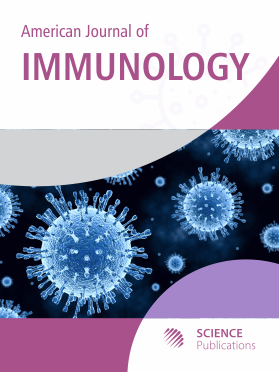The Use of Artificial Neural Networks in Analysis Cationic Trypsinogen Gene and Hepatitis B Surface Antigen
- 1 Fujian Medical University, China
- 2 Shanghai Jiao Tong University of Medicine, China
Abstract
Problem statement: More and more severe hepatitis cases reported in China are infected with HBV and the immune response of HBV will be reduced if mutations occur in the TCR, therefore it is very important to investigate the relation of T-cellular function and clinical effect by studying the function of T-cell receptor. Approach: Artificial Neural Networks (ANN) was applied to analyze basic data (the three structural of HBsAg, the ligand of HBsAg and the clinical immunological characterizations, the laboratory data, the genetypes of cationic trypsinogen gene (PRSS1) derived from 78 patients with pancreatitis and 60 normal controls were also collected. What is more, we used T-cell culture with HBV and flow cytometry to check the result of ANN predict. To examine the characteristics of T-cells capable of coexisting with the secreted HBsAg, T-cell receptor from A121T, C139S, silent mutation and normal PRSS1 gene in the patients with pancreatitis were put into research. To ensure that PRSS1 gene would affect HBsAg-specific T-cells receptor, we compared the rate of multiplication and CD4/CD8 of T-cell after culture with HBV at 0H, 12H, 24H, 36H, 48H and 72H time point. Results: The protein’s structural predicted by the ANN could specifically explain the phenomenon that the turbulence and different of anti-HBs lever of the patients with pancreatitis. The three-dimensional of the protein that consist with PRSS1 gene would accord with HBsAg. It may be one of the HBsAg-specific T-cell receptor. Result of T-cell culture also showed that different genetypes of PRSS1 had different results. In the T-cell proliferation, the groups of PRSS1 mutation (A121T and C139S) were significant lower than the group of silent mutation and normal controls and it was the same to the result of CD4/CD8. Conclusion: The ANN had been integrated into a previously published comprehensive web server to support immunology analysis and the PRSS1 gene may be the unit for HBsAg immune response.
DOI: https://doi.org/10.3844/ajisp.2009.50.55

- 6,252 Views
- 3,670 Downloads
- 0 Citations
Download
Keywords
- Cationic trypsinogen gene
- HBsAg
- T-cell receptor
- pancreatitis
- artificial neural networks
